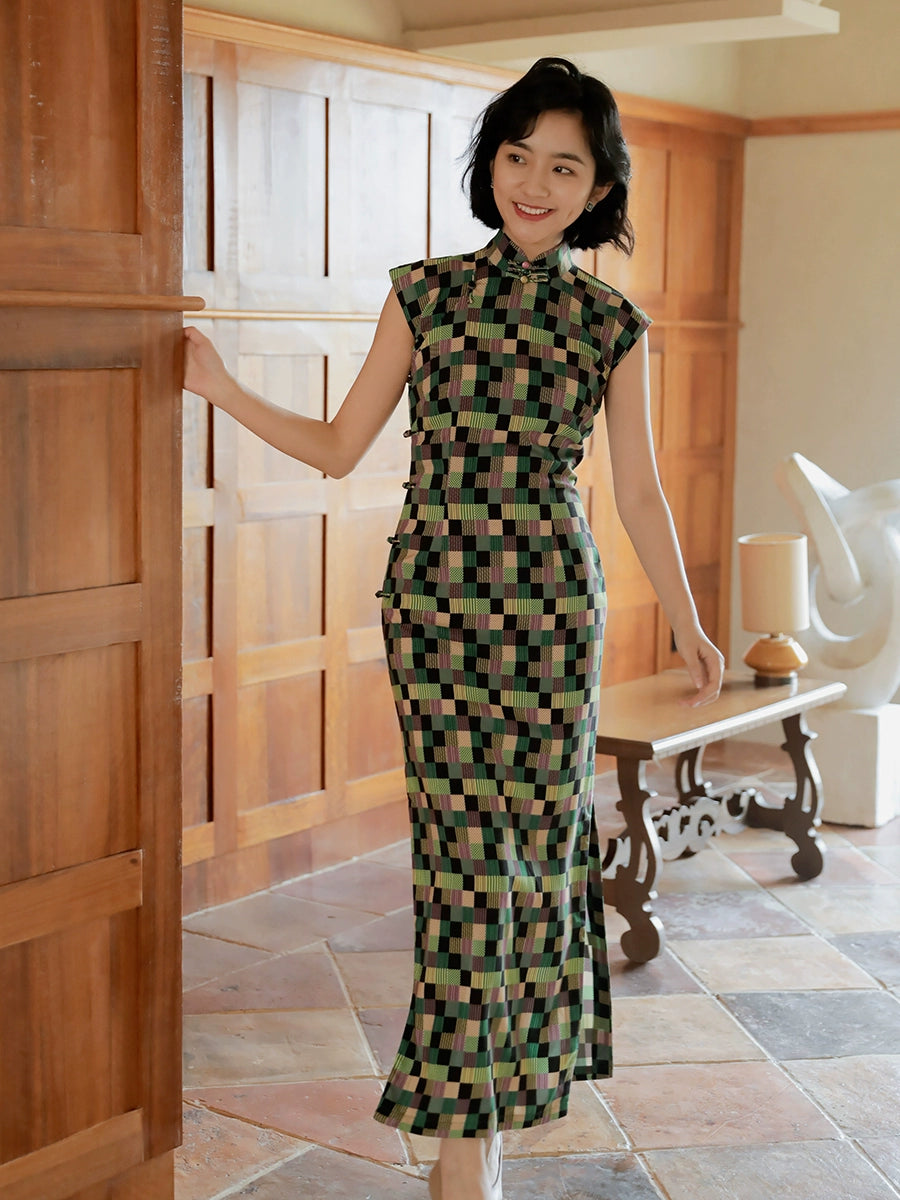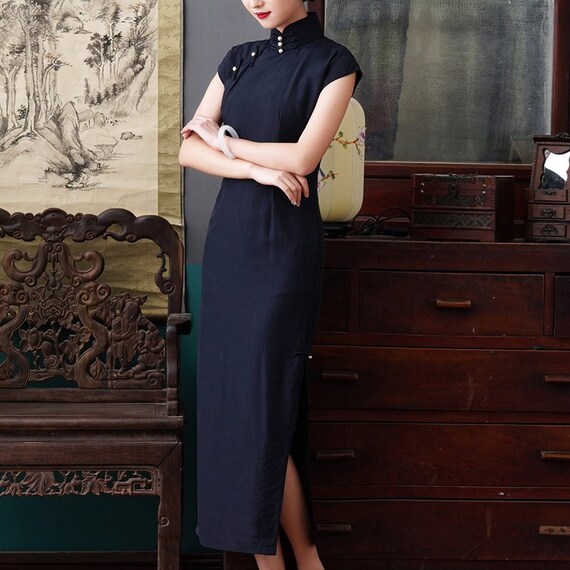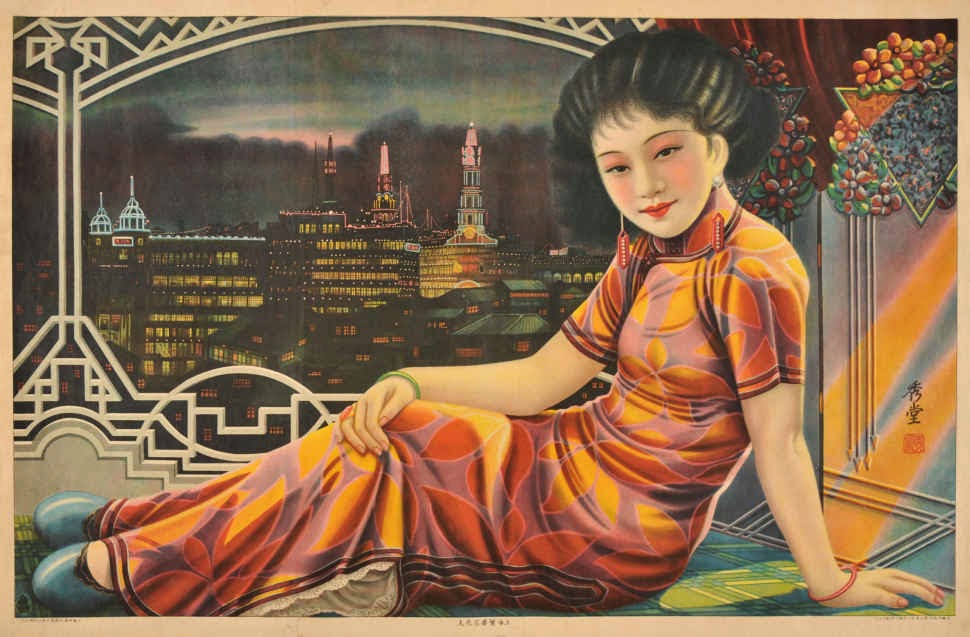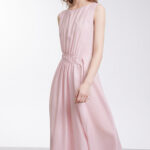A Modern Twist on the 1930s Qipao
The 1930s qipao, a garment that elegantly draped the contours of Chinese women, has transcended time and culture, emerging as a symbol of Eastern elegance. This article delves into the evolution of this iconic dress, exploring its historical roots and its contemporary reinterpretations. As we journey through the fabric of fashion, we’ll examine how the 1930s qipao has been reimagined in modern times, maintaining its essence while embracing new styles.
In the early 20th century, the 1930s qipao was a staple in the wardrobes of Shanghai’s elite. Its form-fitting silhouette and high collar were a stark contrast to the loose, flowing garments of the past. The dress was not just a piece of clothing; it was a statement of modernity and sophistication. As the decades rolled by, the 1930s qipao has been adapted and redefined, reflecting the changing tastes and cultural shifts of the times.

The Evolution of Elegance
The 1930s qipao was a product of its time, a fusion of traditional Chinese dress and Western influences. Its evolution can be traced back to the Manchu women’s clothing, which was later adapted by the Han Chinese. The dress gained popularity in the 1920s and 1930s, particularly in Shanghai, where it became a symbol of the city’s cosmopolitan spirit. Today, the 1930s qipao is not just a relic of the past; it is a canvas for modern designers to express their creativity and pay homage to its rich heritage.

Reinterpreting Tradition
Modern designers have taken the 1930s qipao and infused it with new life. They have experimented with different fabrics, colors, and cuts, while still respecting the dress’s traditional form. This has resulted in a garment that is both a nod to the past and a step into the future. The 1930s qipao has been seen on runways worldwide, proving that its allure is not confined to the borders of China.
Cultural Fusion on the Catwalk
The 1930s qipao has become a staple in the fashion shows of designers who appreciate the blend of Eastern and Western aesthetics. It is not uncommon to see the dress paired with Western accessories or even reimagined as a cocktail dress. This fusion of cultures on the catwalk is a testament to the 1930s qipao’s versatility and timelessness. The dress is a living, breathing example of how fashion can bridge cultural divides.

The Qipao in Popular Culture
In addition to its presence in fashion, the 1930s qipao has also made its mark in popular culture. It has been featured in numerous films, most notably in the works of director Wong Kar-wai, where it is often associated with the romantic and melancholic atmosphere of old Shanghai. The 1930s qipao is more than just a costume; it is a character in its own right, adding depth and nuance to the stories it appears in.

The 1930s qipao is a testament to the enduring appeal of traditional garments when they are allowed to evolve with the times. It is a dress that has been worn by generations of women, each adding their own touch to its legacy. As we continue to innovate and reinterpret the past, the 1930s qipao stands as a symbol of fashion’s capacity to adapt and inspire.







